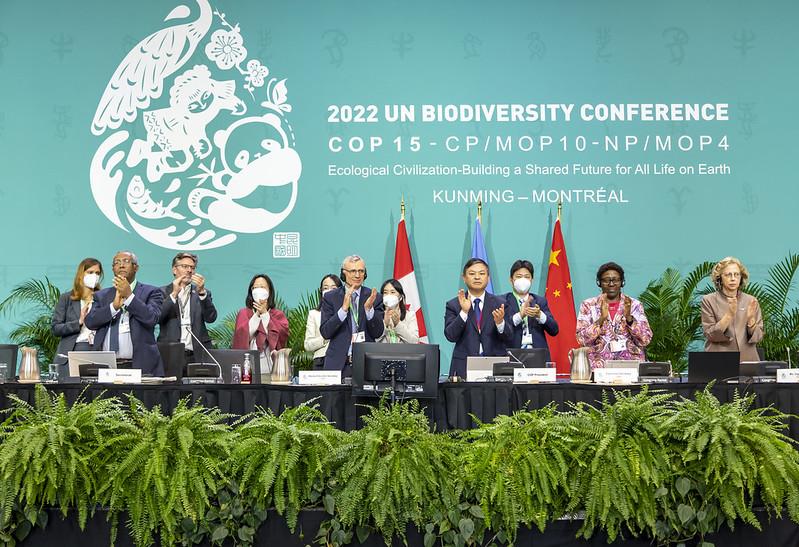COP15 on Biodiversity - Key outcomes
14 February 2023
From December 7 to 19, 2022 was held in Canada the second part of the UN Biodiversity Conference (COP15).
A landmark agreement was adopted by 196 States at the end of the Conference, establishing a new Global Biodiversity Framework to guide global action on nature through to 2030.
The GBF consists of four overarching global goals to protect nature, including:
- Halting human-induced extinction of threatened species and reducing the rate of extinction of all species tenfold by 2050;
- Sustainable use and management of biodiversity to ensure that nature’s contributions to people are valued, maintained and enhanced;
- Fair sharing of the benefits from the utilization of genetic resources, and digital sequence information on genetic resources;
- Adequate means of implementing the GBF.
The GBF also features 23 targets to achieve by 2030, including:
- Restoration of 30 per cent of terrestrial and marine ecosystems (target 2);
- Effective conservation and management of at least 30 per cent of the world’s land, coastal areas and oceans (target 3);
- Ensuring urgent management actions to halt human induced extinction of known threatened species and for the recovery and conservation of species (target 4);
- Reducing the rates of introduction and establishment of other known or potential invasive alien species by at least 50 per cent (target 6);
- Minimize the impact of climate change and ocean acidification on biodiversity and increase its resilience through mitigation, adaptation, and disaster risk reduction actions, including through nature-based solution and/or ecosystem-based approaches (target 8);
- Substantially and progressively increase the level of financial resources from all sources to implement national biodiversity strategies and action plans, by 2030 mobilizing at least 200 billion United States dollars per year (target 19).


